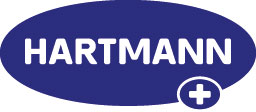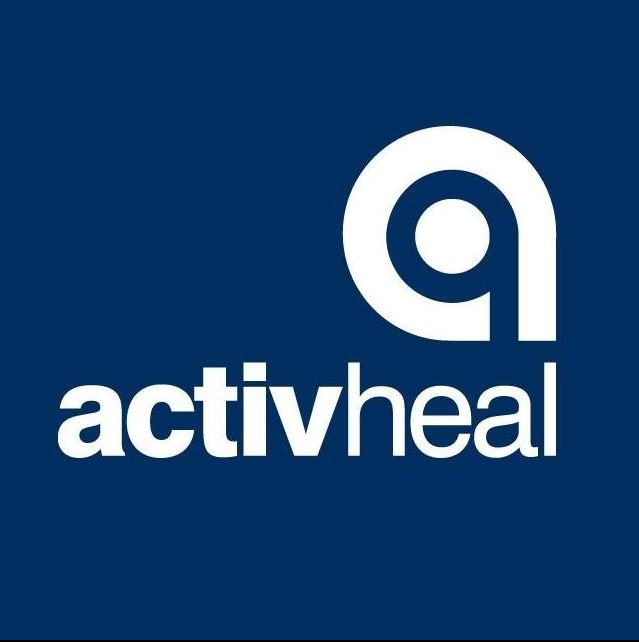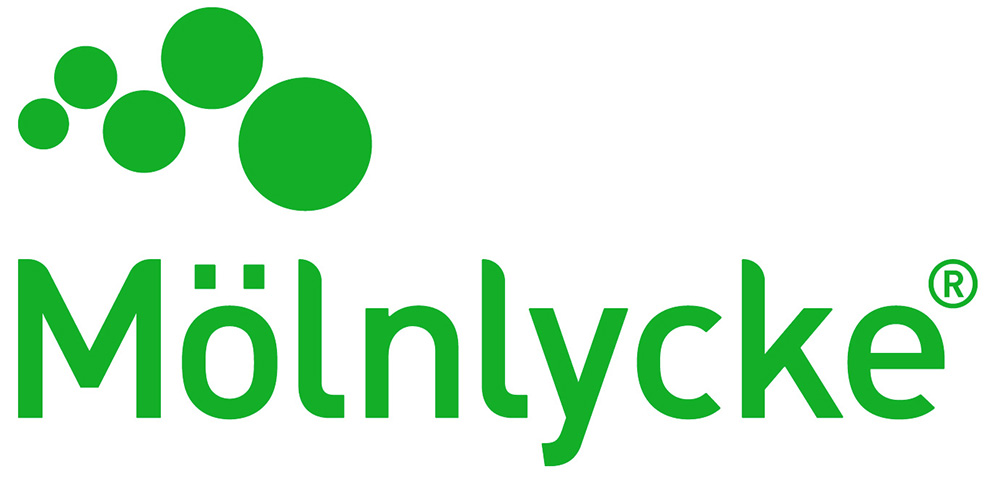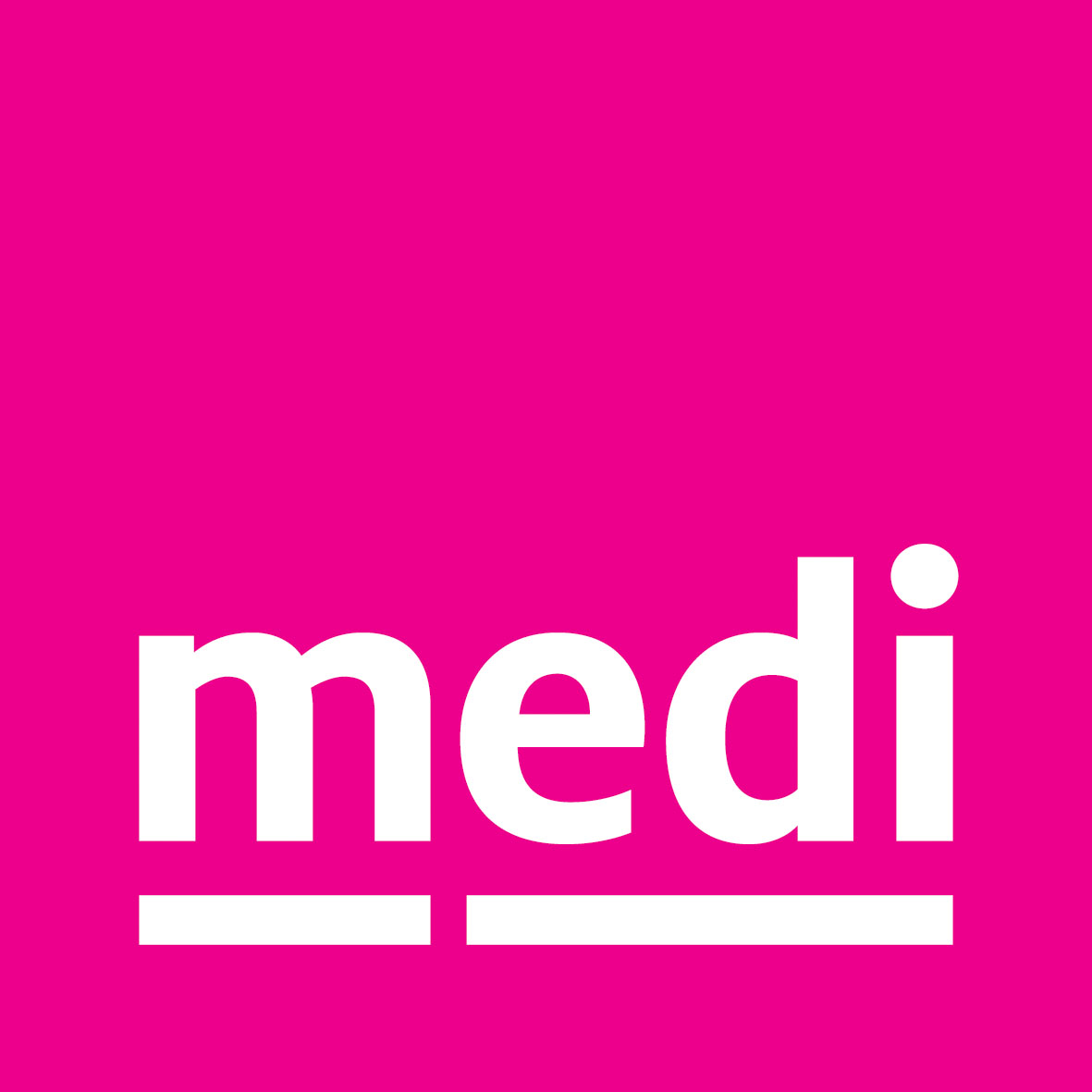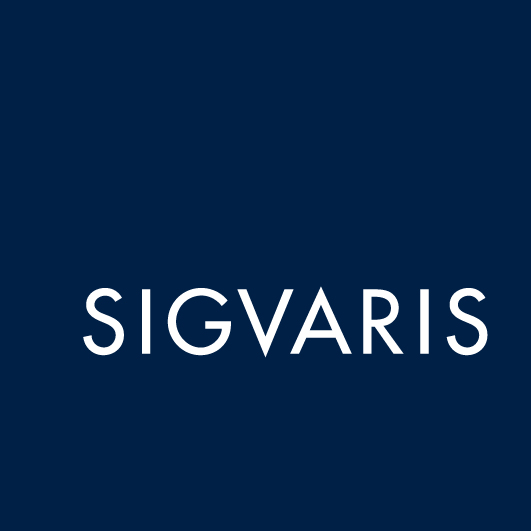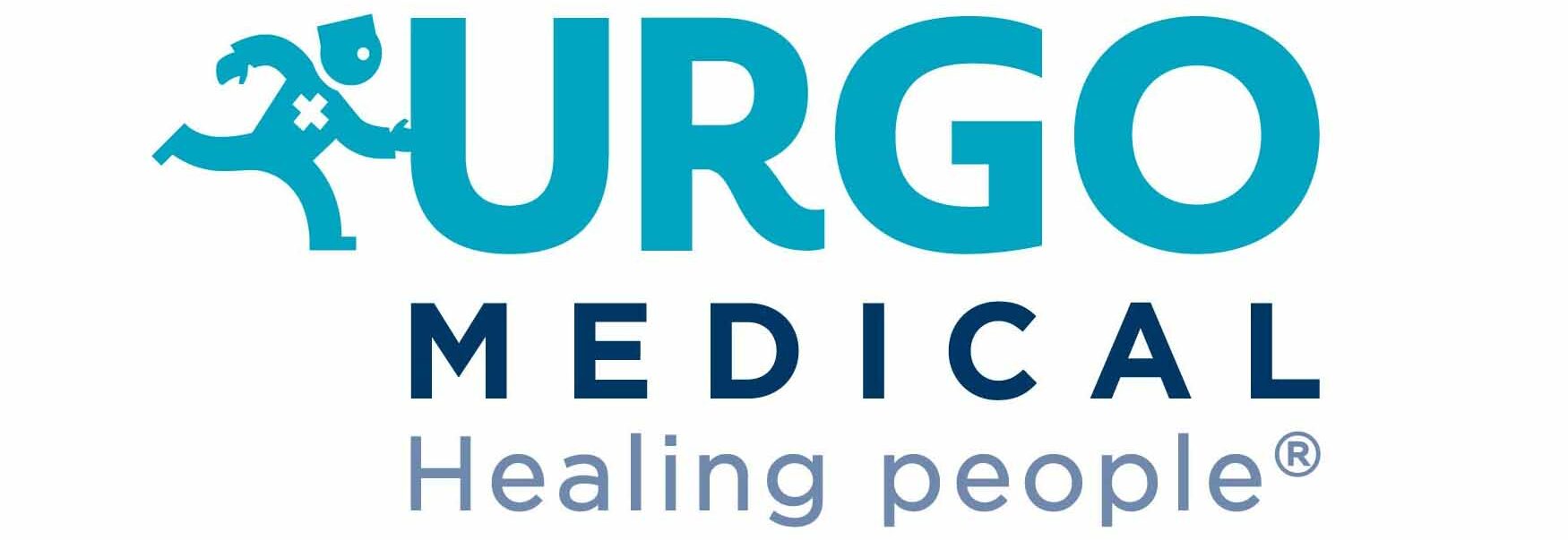Eva Harris
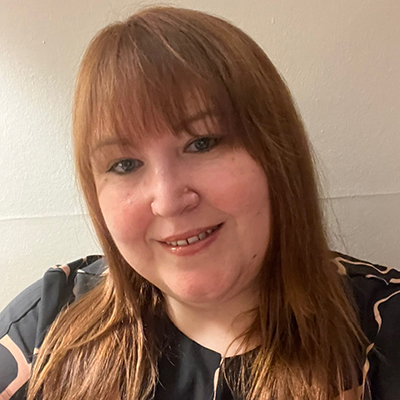
Eva qualified as a Registered Nurse 9 years ago and worked initially as a community nurse, rapidly developing an interest in Tissue Viability.
Eva has been working in the field of Tissue Viability for the last 7 years and has progressed to operation team lead for the last 3 ½ years. Eva has completed her MSC in skin integrity and wound management: University of Hertfordshire (2021) and non-medical prescribing (2024) which she feels has enhanced her clinical assessment and long-term management strategies for patients.
Her particular areas of speciality and interest are pressure and posture, and she has been instrumental in shaping and developing a contracture awareness programme working in partnership with therapy leads in the organisation and region.
Eva is also a member of the Regional 24 hrs posture group and has been recently appointed to the conference board of the posture mobility group PMG.
Eva is excited to share her new role as South West Regional Wound care lead, NHS England, improving lower limb provision by facilitating the implementation of the lower limb recommendations.
Eva looks forward to networking with you all and sharing best practice and innovation.
Free Paper and Poster Presentation (QI/Service Development) at The Society of Tissue Viability 2025 Conference
Implementation of an OSCE style competency framework to improve clinician confidence and competency in lower limb management
PRESENTING WITH DANIELLE BASE
Abstract
Lower limb management makes up 30% of local community caseload. Guidance from the National Wound care strategy programme has been available in England for several years. One of the local barriers in achieving results is clinicians gaining and maintaining confidence and competence in lower limb assessment. This includes ankle brachial pressure index (ABPI) and effective application of compression bandaging.
In 2021/2022 the local lower limb program was updated. The lower limb training consisted of two full days delivering: Anatomy and physiology theory, Lower limb assessment and history taking, Compression principles and practice bandaging peers. Whilst this provided a good foundation, delegates struggled to achieve competency due to the challenges of community nursing capacity reducing practice opportunities.
To address these barriers a third day was added to the training approximately 6 weeks later, focusing on increasing confidence and achieving competency. Previous Tissue Viability patients and volunteers acted as ‘mock’ patients, enabling delegates to practice several times on ‘different’ limb shapes in an ‘OSCE’ environment. Once confident they moved to a competency sign off with Tissue Viability Nurses (TVN) using a competency framework.
The same principle was incorporated into Doppler Training: This included one day of doppler theory, practicalities of assessment and practice on peers. A second day was added after a 6-week period. Hospital beds were brought into a community centre with clinic spaces simulated to enable several practices. ‘Mock’ patients were used again enabling rotational practice with case studies, until confident.
A follow up competency program ‘in practice’ was also initiated, delegates were required to complete a six-patient portfolio in six weeks post training with sign off from TVN.
These changes have increased the number who achieved competency in compression bandaging in 2021from 33% to 82% in 2024.
For doppler competency it was a similar result. In 2021 only 33% of delegates who attended training achieved competency, this has risen to 78% in 2024.
A structured framework for lower limb education has increased confidence supporting high numbers of delegates to achieve competency enabling a greater ‘skill mix’ within community services to deliver gold standard care.
Free Paper Presentation (Research) at The Society of Tissue Viability 2025 Conference
Enhancing pressure ulcer prevention and management through multidisciplinary collaboration: A joint approach between Tissue Viability Nurses (TVNs) and Occupational Therapists (OTs)
Abstract
Pressure damage in healthcare settings costs the NHS over £3.8 million daily (NHS England, 2018). Although evidence supports the effectiveness of a multidisciplinary team (MDT) approach to pressure ulcer prevention and management (Ray Samuriwo, 2012), the level of collaborative support between Tissue Viability Nurses (TVNs) and therapists remains inconsistent. While NICE (2018) guidelines provide clear directives for pressure care, there is limited research on joint clinical practice for individuals with complex needs, particularly the integration of TVNs and OTs in 24-hour pressure care.
Guest et al cohort study evaluating pressure ulcer management in the community suggested that only 21% of patients who develop a category 4 pressure ulcer which is characterised as a full thickness skin and tissue loss with exposed or directly palpable fascia, muscle, tendon, ligament, cartilage and or bone in the ulcer (National Wound Care Strategy Programme 2024) go on to heal in 12 months. Patients with complex postural need are far more at risk of significant harm therefore proactive collaboration is essential to prevent skin damage.
This research aims to explore how the sharing of knowledge and skills through joint working between TVNs and OTs can significantly reduce the risk of pressure ulcers and expedite the healing process, especially for individuals with complex needs.
Key areas of focus include postural assessment, contracture management, repositioning strategies, this can often be seen as responsibility of the OT or Physiotherapist, however this collaborative approach is essential to ensure skin integrity issues such as moisture associated skin damage MASD and pressure ulcer wound management has been considered and incorporated into care planning.
Mobilisation versus bed rest is often another area that varying clinical goals can be observed. Bed rest can frequently be prescribed for a patient with sacral pressure damage which may not always be in the patient’s best interest for their quality of life or long-term function if maintaining posture is a priority (Norton & Sibbald 2004), this common situation can be observed in many community settings, ensuring a collaborative approach ensures the patient and all clinicians involved work together enabling discussion of benefits and risk to different approaches as well as safety netting to ensure all a patients needs are met and best outcomes are achieved.
Other areas which should be considered from the MDT include continence and the impact this will have on skin integrity and corresponding increased risk for pressure damage, the use of appropriate moving and handling equipment to prevent sheer and friction on the skin, as well as effective seating provision that meets the patients postural and pressure care needs.
A holistic, client-centred approach is crucial in preventing and managing skin injuries. Both TVNs and OTs play vital roles in assessing optimal positioning, advising on appropriate use of pillows or positioning systems, and determining the timing and method of repositioning to reduce shear and friction. Furthermore, decisions regarding mobilisation and bed rest, which can impact both skin health and long-term function, require close collaboration to ensure the best outcomes.
The research emphasises the importance of communication and sharing knowledge and skills between professionals, particularly in the context of postural management and equipment provision, such as beds, seating, positioning systems, moving and handling and toileting and bathing equipment as well as the timely prescription of pressure-relieving devices.
Joint case studies demonstrate that working collaboratively within the community setting enhances patient care, improves communication, and empowers both TVNs and OTs to make informed decisions. This MDT approach has shown to improve confidence and clinical skills, leading to more effective pressure ulcer prevention and management.
In conclusion, while pressure care has traditionally been viewed as a role primarily managed by TVNs and nursing staff and equipment provision the domain of the OT a more integrated approach involving OT’s and TVN is essential. This collaborative model not only reduces the financial burden on the NHS but also significantly improves patient outcomes by reducing pain and discomfort associated with pressure ulcers by ensuring all patients have the most appropriate care for their individual needs. A review of frameworks, education, and funding allocation is necessary to equip all professionals with the skills, knowledge, and authority needed to provide comprehensive postural and pressure care solutions.
Keywords: Pressure ulcers, multidisciplinary team, tissue viability nurses, occupational therapists, postural management, prevention, patient care, collaboration, NHS.
References
NHS England, 2018 Available at: https://link.edgepilot.com/s/07a73d84/0P0trPL-NUW3idJdCo-Etw?u=https://www.england.nhs.uk/pressure-ulcers-revised-definition-and-measurement-framework/(Accessed: 12 January 2025).
Samuriwo, R. (2012) ‘Pressure ulcer prevention: The role of the multidisciplinary team’, British Journal of Nursing, 21(Sup5). doi:10.12968/bjon.2012.21.sup5.s4.
Norton, L Sibbald RG (2004). Is bed rest an effective treatment modality for pressure ulcers? Ostomy Wound Managment. 2004 Oct;50(10):40-2, 44-52; discussion 53. PMID: 15509881.
Guest, J.F. et al. (2018) ‘Cohort study evaluating pressure ulcer management in clinical practice in the UK following initial presentation in the community: Costs and outcomes’, BMJ Open, 8(7). doi:10.1136/bmjopen-2018-021769.
National Wound Care Strategy Programme: (2024) Pressure Ulcer Recommendations and Clinical Pathway.
Joint case study
Mrs A – Consent obtained for information and photos to be used for case study
Diagnosis MS
Complex Posture – Scoliosis
Grade 4 Pressure Ulcer on left IT
Grade 3 Pressure Ulcer on left heal
TVN Wound Care/treatment plan will be explained in Case Study with photos
Mrs A has been on bed rest for one year, wound not improved during this time. This has affected her posture, function, quality of life and wellbeing.
A different treatment approach was taken by TVN and OT to hoist Mrs A out of bed with the aim of healing her pressure ulcers and to enable her to sit out to improve her posture, function and social wellbeing.
Strategies used for 24-hour postural management and pressure care
- 4 section profile bed
- Symmetrikit sleep system – Mrs A’s position and sleep system adjusted by TVN and OT to optimise posture and comfort
- Comfy tilt in place to adjust positioning and offload pressure in bed
- Foam cast wheelchair made and provided by OT from Wheelchair Service – Both OT and TVN involved in assessment and casting to optimise posture and pressure care. Pressure mapping data recorded to ensure pressure distributed evenly and no hotspots identified.
- Specialist Seating Tri Chair provided by OT – Both OT and TVN carried out a joint visit to set the chair up to improve posture and comfort
- Pressure cushion for specialist seating assessed by OT and TVN – Assessed alternating air cushion and ROHO cushion. Joint pressure mapping assessment carried out.
- Pressure mapping data collected to analyse seating to optimise posture and pressure care and prescribe best solution to meet Mrs A’s needs. Pressure mapping data will be shared within case study.
- Moving and Handling assessed – Wendylett and slings assessed to reduce pressure, shear and friction on skin.
- Joint discussions on seating plan re length of time Mrs A is able to sit out for. Tilt options of seating also jointly discussed and agreed. Pressure mapping supported clinical reasoning
- Shower chair to be joint assessed when Mrs A’s wound has further healed. Casted Foam toilet/shower chair mould to be considered.
Wound regularly reviewed to assess effectiveness of OT and TVN joint intervention
Wound measurements recorded:
- Category 4 pressure ulcer left IT 02/01/2025 prior to intervention volume 18,000mm³ has now reduced to 3,000mm³ 25/03/2025 following all new interventions.
- Category 3 pressure ulcer to left heel 1,225mm² (02/01/25) has now reduced to 100mm² (25/03/2025).
With TVN and OT intervention Mrs A’s wound is now healing. Her comfort, mood and quality of life has improved, she is much happier. Plan to continue monitoring wound and review care plan to gradually increase seating plan and enable Mrs A to access toilet/showering long term.


